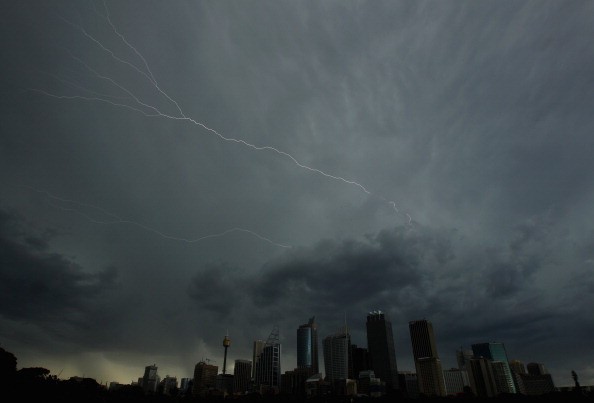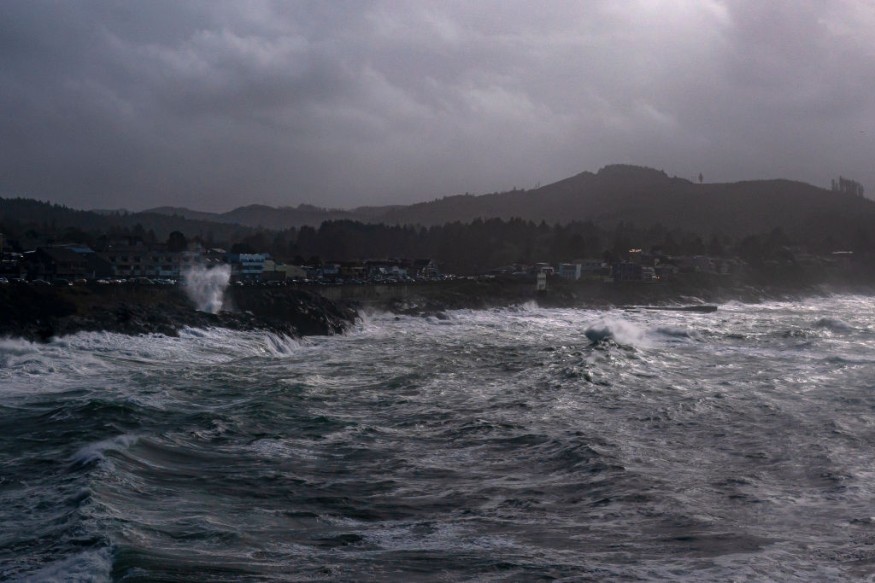Compact, slow-moving, moisture-rich pools have been discovered in a new meteorological phenomenon that exists primarily in one section of the planet. These are referred to as "atmospheric lakes" by scientists.

The findings were presented at the American Geophysical Union's Fall Meeting in 2021.
Forming in the Waters

The unusual storm forms over the western Indian Ocean and continues eastward toward Africa. Unlike most storms caused by a vortex, the lakes are caused by thick enough water vapor concentrations to produce rain.
These atmospheric lakes resemble atmospheric rivers in that they consist of small regions of intense wetness. The new form of meteorological event, on the other hand, is smaller, slower-moving, and separates from the weather system that produces it.
"These vapor masses sometimes move west across the east African coast, providing rain to that semi-arid area," according to a study abstract presented at the American Geophysical Union's Fall Meeting in 2021.
"We name these detached and floating water bodies 'atmospheric lakes,' in contrast to rain-bearing 'atmospheric rivers' of vapor, which are continuous from source to the shoreline in an instant."
Equatorial Location
These atmospheric lakes aren't in a hurry since they are found in an equatorial location where wind speeds are typically very low or non-existent. According to a five-year review of meteorological data, the longest-lasting storm was in the air for a total of 27 days.
Within 10 degrees of the equator, 17 atmospheric lakes lasting more than six days were discovered for five years. These lakes appear to occur in other places, where they can occasionally evolve into tropical cyclones.
Performing a Comprehensive Study
A team is currently being assembled to conduct a comprehensive investigation of the event. One of the problems the researchers will investigate is why air lakes detach themselves from the river-lake patterns from which they develop - it might be owing to general atmospheric wind patterns or self-propelled winds generated inside.
"The winds that deliver these objects to shore are tantalizingly, delicately near zero [wind speed], so anything may alter them," says one of the researchers, University of Miami atmospheric scientist Brian Mapes.
"At that point, you need to know whether they self-propel or are driven by much larger-scale wind patterns that may shift as a result of climate change."
Climate Change

The climate change angle is significant because if rising temperatures alter the development and migration of air lakes in any way, this might impact the rainfall that reaches Africa's east coast, which is desperately needed.
According to Mapes, liquifying all of the water in a year's worth of atmospheric lakes at once would result in a puddle just a few millimeters thick but a kilometer (0.62 miles) broad. That is a substantial amount of precipitation.
The next stage is to collect more information, such as more precise and comprehensive readings. According to Mapes, rain and water vapor are investigated month by month rather than day by day in this region of the planet, which might explain why these lakes have gone unnoticed until now.
"It's a dry location on average, so when these [atmospheric lakes] arise, they're certain to have a big impact," Mapes adds.
"I'm looking forward to learning more about them, especially in this area, which has a long and intriguing maritime history, where attentive sailors developed the term monsoon to describe wind patterns and undoubtedly saw these unusual rainstorms as well."
For more news about the environment , don't forget to follow Nature World News!
© 2025 NatureWorldNews.com All rights reserved. Do not reproduce without permission.





